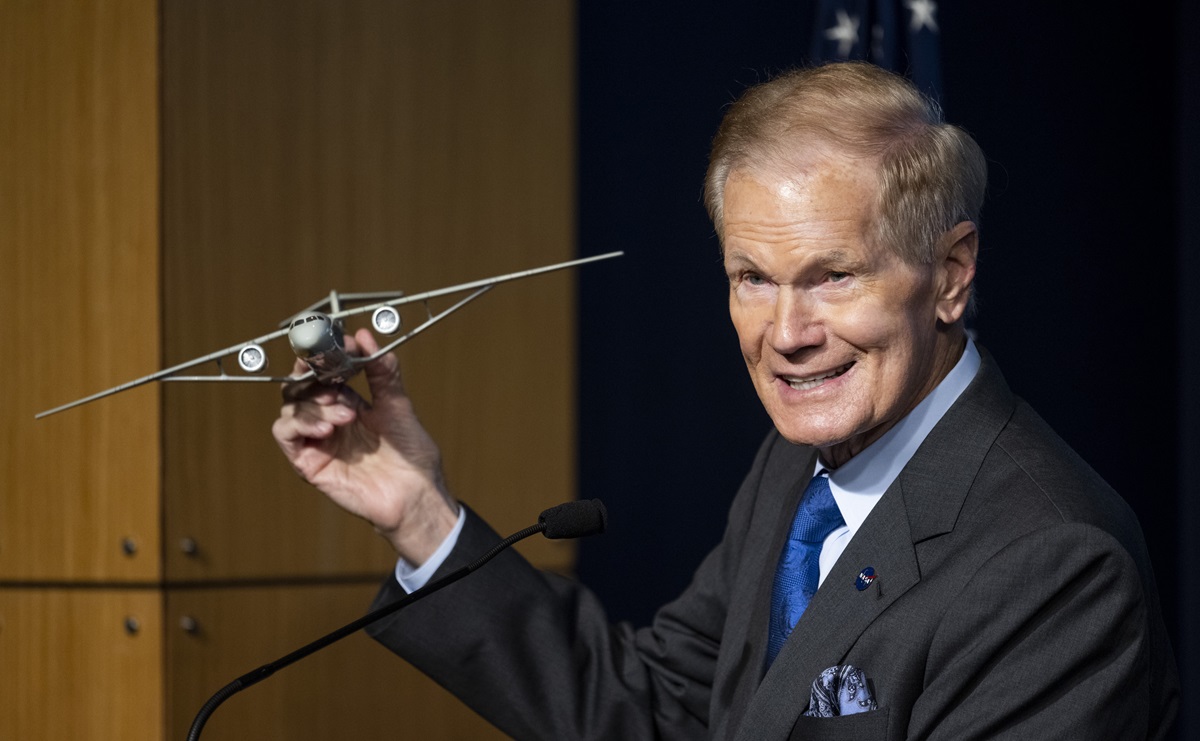Boeing, NASA to develop sustainable airliner
NASA announced it issued an award to The Boeing Co. to develop a full-scale, single-aisle, Transonic Truss-Braced Wing demonstrator aircraft.
The $425 million award is part of the space agency’s Sustainable Flight Demonstrator project aimed at making commercial aviation more fuel efficient. In addition to funds, NASA also plans to contribute technical expertise and facilities to Boeing. The seven-year project is expected to cost over $1 billion with Boeing and its partners footing the bill for the remaining $725 million.
Ultimately, NASA hopes that the technology developed for the demonstrator aircraft, when coupled with the most state-of-the-art aviation technology, will lead to a 30-percent reduction in fuel usage and emissions compared to today’s most efficient single-aisle aircraft design, depending on the mission.
“The Transonic Truss-Braced Wing is the kind of transformative concept and investment we will need to meet those challenges and, critically, the technologies demonstrated in this project have a clear and viable path to informing the next generation of single-aisle aircraft, benefiting everyone that uses the air transportation system,” Bob Pearce, NASA associate administrator for the Aeronautics Research Mission Directorate, said in a news release.
This isn’t the first time Boeing and NASA have joined forces on developing sustainable aircraft technology, including previous collaboration on the Transonic Truss-Braced Wing concept aircraft, which has been in the works for the last decade.
The Transonic Truss-Based Wing concept takes a single-aisle airliner fuselage and adds extra long, thin wings that are supported by diagonal struts—a design that NASA officials believe will reduce drag, and, in turn, increase fuel efficiency. Single-aisle aircraft account for nearly half of worldwide aviation emissions, and over the next decade NASA hopes this project will inform and influence future decision making about the next generation of single-aisle aircraft entering service in the 2030s.





